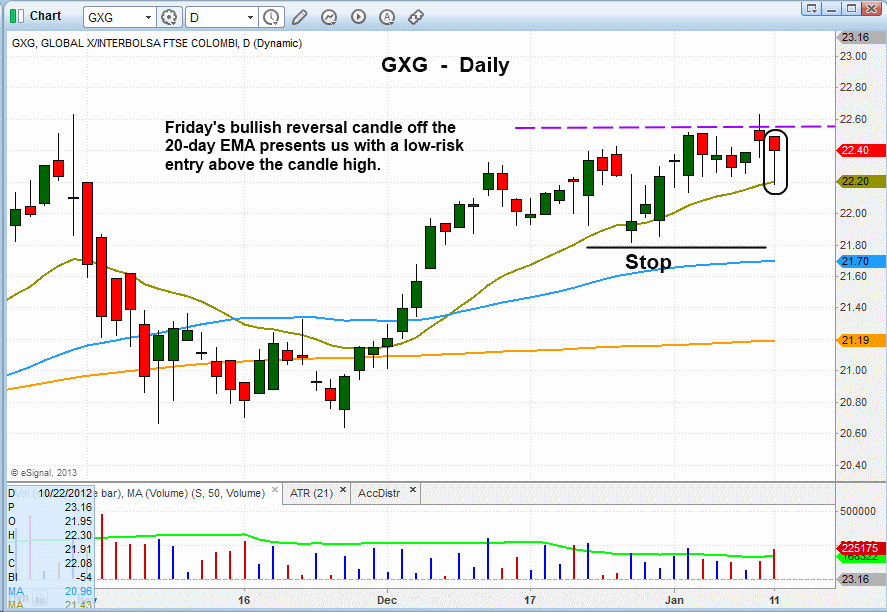Commodities Set Up For A Continued Move Lower (GSG XLE DBP DBA)
Post on: 24 Апрель, 2015 No Comment

There have been few places to hide for bullish commodity traders since the end of the summer. As you can see from the chart of the iShares S&P GSCI Commodity-Indexed Trust (GSG ) shown below, the bears have sent the price lower by more than 28% over the past six months. It’s only natural that many traders are left wondering when the commodities markets will rebound.
The aforementioned exchange-traded fund is a popular choice amongst commodity traders because it represents broad exposure to a wide range of futures contracts across sectors such as energy, precious metals and agriculture. We’ll take a look at the underlying commodity markets to see if we can gain a better idea of when prices may set to rebound. (For related reading: check out: Where to Look for Commoditie Gains in the Year Ahead .)
Energy Woes Continue
Active traders interested in analyzing the energy sector generally turn to the Energy Select Sector SPDR (XLE ), which has total net assets of nearly $11 billion. The ETF seeks to track the performance of the S&P Energy Select Sector Index and as you can see from the chart below, the recent break below the nearby support level suggests that the downward momentum is likely to continue. (For more, check out: How Oil ETFs React To Falling Energy Prices .)
One of the most common technical indicators used by active traders to predict a bounce higher after an extreme selloff is the Relative Strength Index. In general, bullish traders will watch for the indicator to trade in oversold territory — readings below 30 — and then watch for it to trade back above the 30 level with corresponding buy signals in other indicators such as the MACD before they enter a position. Unfortunately for the bulls, the Relative Strength Index has just moved into oversold territory (shown by the red circle) and it’s not uncommon to see the indicator remain in oversold territory for a prolonged period while the bears send prices lower. As mentioned above, the momentum is clearly on the side of the bears so any bullish traders will want to wait on the sidelines until they see the RSI start to trend higher again. (For more, see: An Introduction to the Relative Strength Index .)
Precious Metals Facing Resistance
Taking a look at the chart of the Powershares DB Multi-Sector Commodity Trust Precious Metals Fund (DBP ), a measure of the gold and silver markets, you can see that the chart setup is also offering bearish traders with an interesting risk/reward scenario. The clearly identified descending trendline in combination with the 50-day moving average will act as strong levels of resistance to a move higher. Based on this chart, the most likely scenario is that the downward momentum will increase and bearish traders will look to protect their positions by placing stop-loss orders above the 50-day moving average, trendline or even the 200-day moving average to ensure they are not whipsawed out of a position. (For more, see: Calculating Risk and Reward .)
Agriculture Ready to Move Lower
Taking a look at the chart of the Powershares DB Multi-Sector Commodity Trust Agriculture Fund (DBA ), a measure of the performance of various agriculture commodities such as cattle, cocoa, coffee, corn, cotton and wheat, you’ll see that the downtrend is just as pronounced as the cases above. Notice how the descending trendline and the 50-day moving average are both acting as a barrier to a move higher. Bearish traders will likely use a move below $25 to signal the next leg of the downtrend. The traders will also likely look to protect their positions by placing stop-loss orders above the 50-day moving average, nearby trendline or the 200-day moving average. (For more, see: Should You Invest in Agriculture Commodities And Stocks? .)














